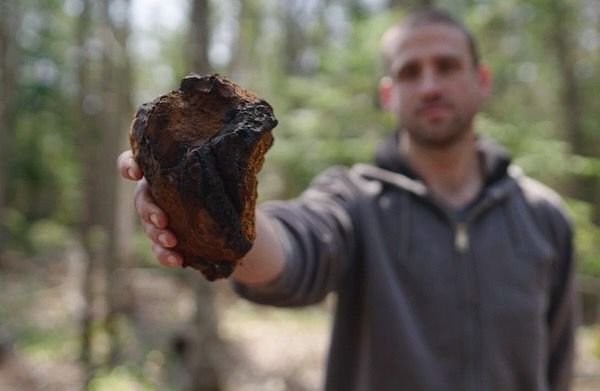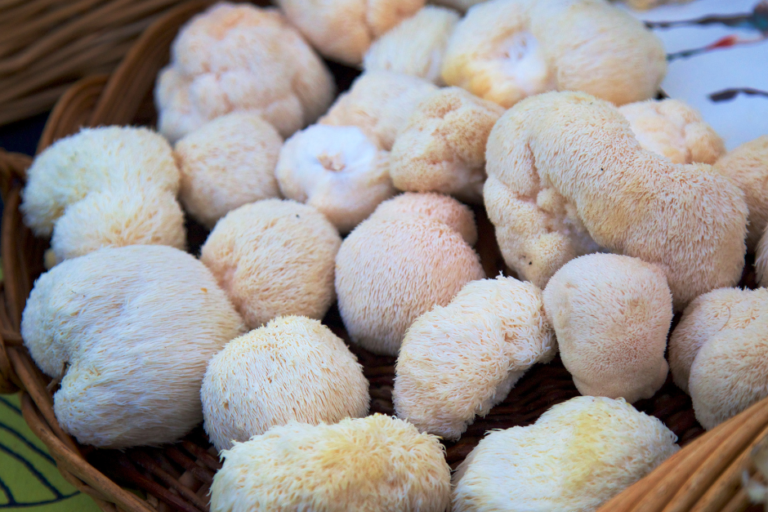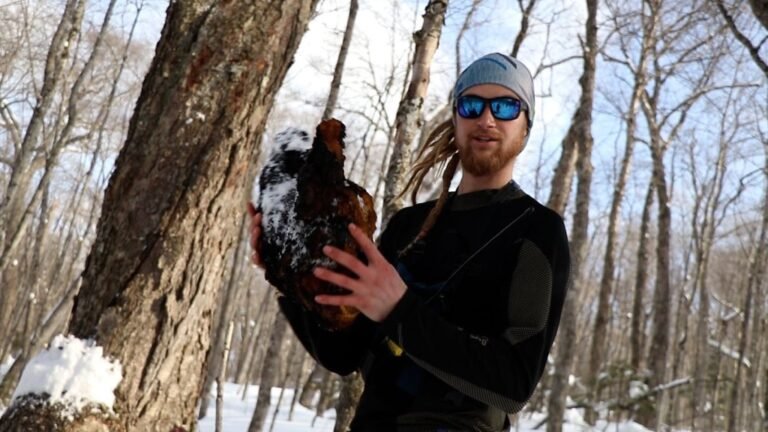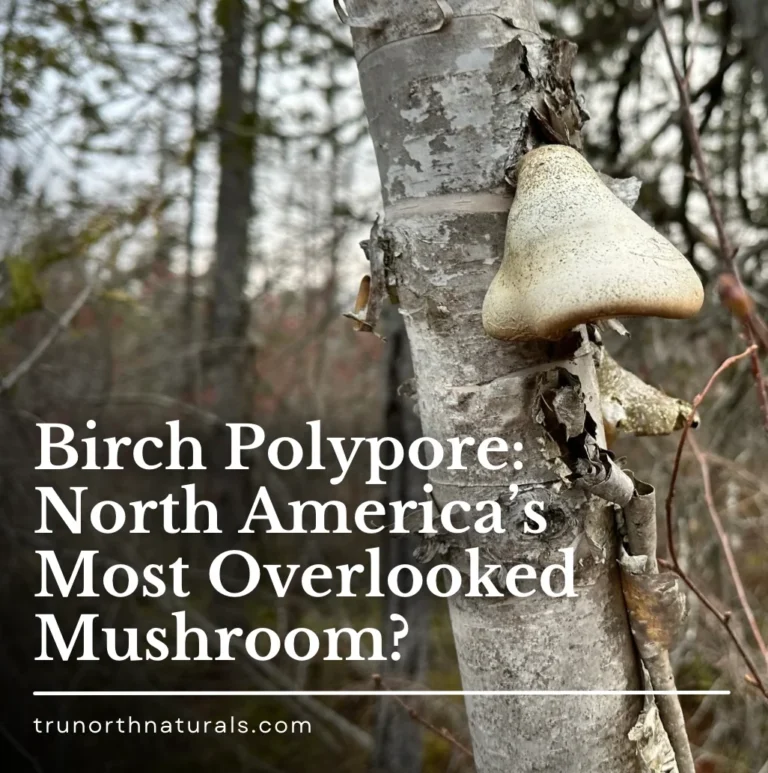In the world of functional mushrooms, it’s easy to assume that all fungi are created equal. However, just as we’ve seen with Chaga, the environment in which mushrooms grow can drastically alter their chemical makeup. From temperature extremes and natural predators to nutrient-dense host trees, wild fungi develop under stressors that promote a richer, more complex range of bioactive compounds. Below, we explore why wild-harvested fungi generally offer a broader metabolite profile—and why this matters for businesses and consumers seeking truly potent functional mushroom products.
1. Nature’s Stressors: The Key to a Broader Metabolite Range
Mushrooms in the wild are exposed to a host of challenges, including:
- Extreme Temperatures: Fluctuations in heat, cold, and humidity compel fungi to ramp up protective compounds, such as polysaccharides and sterols.
- Nutrient Competition: In nature, fungi compete with other organisms for nutrients, driving the production of diverse metabolites.
- Natural Symbiosis: Many wild mushrooms grow on specific host trees (as Chaga does on birch), absorbing unique compounds like betulinic acid that simply aren’t present in grain-based substrates used in indoor cultivation.
By contrast, cultivated mushrooms grown in controlled environments experience far fewer stressors. While this allows for consistent, large-scale production, it often results in a narrower range of bioactive compounds. In many cases—such as with lab-grown Chaga—it can be nearly impossible to replicate the full spectrum of metabolites found in nature.
2. The Entourage Effect: Synergy in Bioactive Compounds
One of the most compelling advantages of wild-harvested fungi is the “entourage effect,” where multiple metabolites work in synergy to amplify a mushroom’s overall health benefits. For example:
- Sterols (Lanosterol, Inotodiol): Studies show that wild-harvested Chaga contains a broader range of sterols than its lab-grown counterpart (Zheng et al., 2007), potentially offering stronger immune and antioxidant benefits.
- Polysaccharides: These complex carbohydrates support immune function, especially when combined with diverse micronutrients present in wild fungi (Sari et al., 2017).
- Antioxidants (Melanin, Polyphenols): Wild fungi often have higher antioxidant levels due to stress-induced compound production, contributing to cellular health and reducing oxidative stress.
In indoor cultivation, mushrooms grown primarily on grain substrates often miss out on these critical environmental triggers. Without the stresses of the wild or the unique chemistry of a host tree, cultivated fungi can lack key compounds—meaning they may only deliver a fraction of the benefits attributed to their wild counterparts.
3. Beyond Chaga: A Universal Truth for Wild Fungi
Although much of the research spotlight has been on Chaga (Inonotus obliquus), these principles apply broadly to other functional mushrooms like Reishi (Ganoderma lucidum), Turkey Tail (Trametes versicolor), Lion’s Mane (Hericium erinaceus), and more. While each species has its own unique profile, many share the fundamental trait of thriving in challenging environments that prompt the production of diverse, synergistic metabolites.
Disclaimer: Each mushroom species varies in how and where it grows, so the degree of difference between wild and cultivated can fluctuate. Still, the overarching trend shows that, in most cases, wild-harvested fungi have a more robust chemical composition.
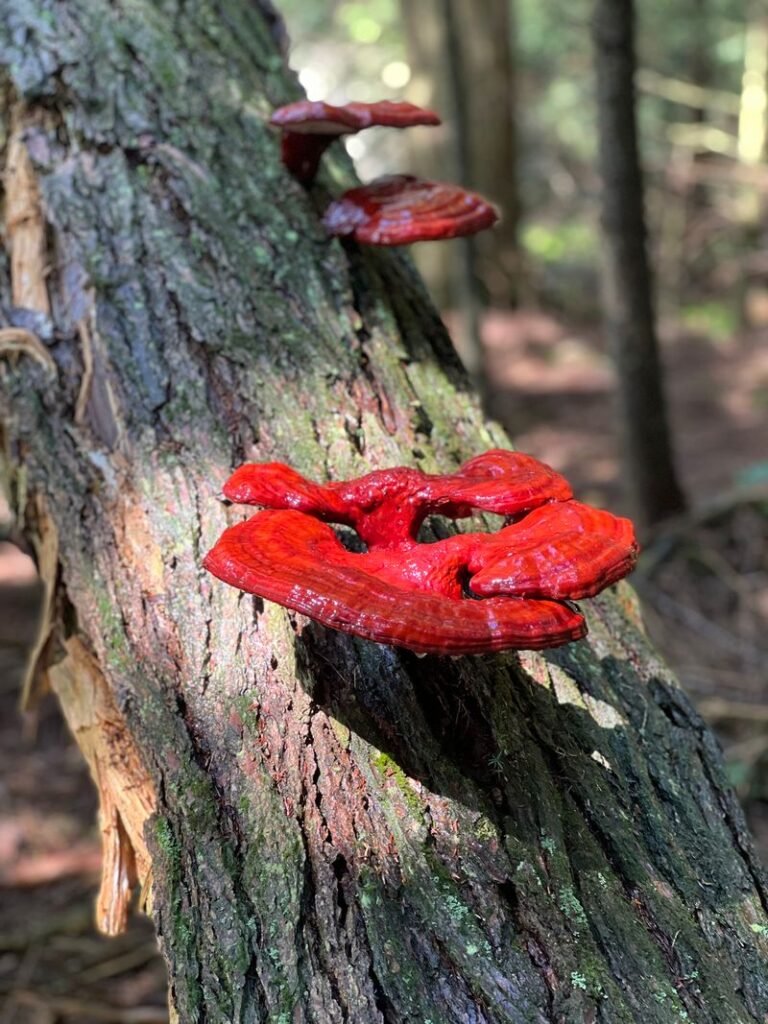
4. Sustainability and Responsible Harvesting
At TruNorth Naturals, we believe that reaping the benefits of wild fungi should never come at the expense of the forests they call home. Through close collaboration with forest management companies, we:
- Harvest Responsibly: We ensure that our harvesting methods allow fungi to regenerate, preserving the local ecology.
- Track Data: Our advanced data collection helps us monitor mushroom populations and maintain ecological balance over the long term.
- Promote Regenerative Practices: We work with partners committed to forest restoration, ensuring that natural habitats remain pristine and productive for future generations.
This focus on stewardship sets us apart and aligns with a growing consumer desire for transparency, eco-consciousness, and truly natural products.
5. Why It Matters for Your Business and Your Customers
As awareness around functional mushrooms grows, consumers are seeking products that genuinely deliver on their wellness promises. Offering wild-harvested fungi:
- Builds Brand Credibility: Demonstrate your commitment to both quality and ecological responsibility.
- Enhances Product Efficacy: Products formulated with wild-harvested mushrooms typically offer a fuller spectrum of beneficial compounds.
- Addresses Consumer Demand: Educated buyers increasingly want potency and sustainability—both of which are central to wild fungi sourcing.
For businesses in the wellness space, partnering with trusted suppliers who emphasize responsible wild-harvesting can be a powerful differentiator. By investing in the quality and integrity of your mushroom ingredients, you support consumer health and signal your brand’s commitment to doing right by the environment.
6. Moving Forward with TruNorth Naturals
Navigating the complexities of wild vs. cultivated sourcing can be challenging. At TruNorth Naturals, we’ve done the groundwork—leveraging science-backed research, building sustainable harvesting networks, and ensuring that our wild-harvested mushrooms reach their full potential before they reach your shelves.
Whether you’re formulating a new product line or looking to enhance your existing offerings, our commitment to wild-harvested, potent, and responsibly sourced fungi helps you meet the rising demand for high-quality functional mushroom products that truly work.
Final Thoughts: Harnessing Nature’s Best
Wild fungi’s remarkable ability to adapt, thrive, and develop a wide spectrum of metabolites in challenging conditions underscores nature’s brilliance. While lab-grown alternatives offer consistency and scalability, they often fall short in replicating the full chemical tapestry that wild habitats provide. By choosing wild-harvested mushrooms, you tap into nature’s synergy—the entourage effect of multiple compounds working in harmony—while supporting ethical harvesting practices that protect our planet’s valuable ecosystems.

